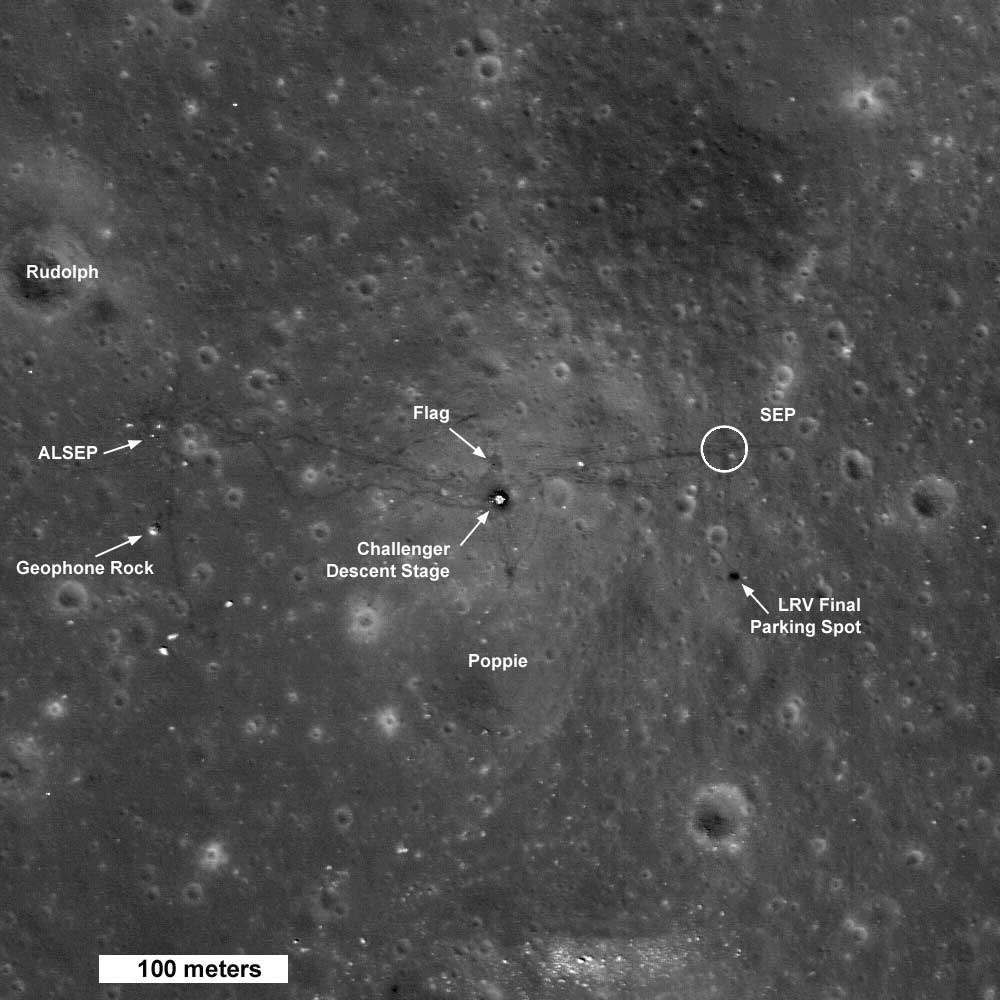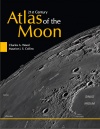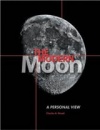Difference between revisions of "October 30, 2009"
| Line 6: | Line 6: | ||
<em>LROC image from [http://lroc.sese.asu.edu/news/index.php?/categories/2-Featured-Image LRO/NASA/ASU]</em><br /> | <em>LROC image from [http://lroc.sese.asu.edu/news/index.php?/categories/2-Featured-Image LRO/NASA/ASU]</em><br /> | ||
<br /> | <br /> | ||
| − | A few months ago the Lunar Reconnaissance Orbiter camera team released amazing [http://lpod. | + | A few months ago the Lunar Reconnaissance Orbiter camera team released amazing [http://www2.lpod.org/wiki/July_18,_2009 images] of Apollo landing sites. Now there are better images because the spacecraft has been lowered to its 50 km altitude mapping orbit. This first higher res view clearly shows the disturbed/darkened soil around the Apollo 17 landing site. Look closely to see the twin tracks of the rover, and north of the descent stage is actually the flag. The darkness around the Challenger and its brightness appear to be photographic effects, but perhaps the ground is so strongly disturbed there - from the landing and taking off again - that the intensities are real. The LROC page has identifications of the various instruments scattered across the surface, as well as a nice [http://www.youtube.com/watch?v=svk3tXsibNU&feature=player_profilepage video] that pans and zooms across this image. If you look really closely you can almost see Jack Schmitt and Gene Cernan waving.<br /> |
<br /> | <br /> | ||
<em>[mailto:tychocrater@yahoo.com Chuck Wood]</em><br /> | <em>[mailto:tychocrater@yahoo.com Chuck Wood]</em><br /> | ||
Latest revision as of 08:36, 28 October 2018
Poppie

LROC image from LRO/NASA/ASU
A few months ago the Lunar Reconnaissance Orbiter camera team released amazing images of Apollo landing sites. Now there are better images because the spacecraft has been lowered to its 50 km altitude mapping orbit. This first higher res view clearly shows the disturbed/darkened soil around the Apollo 17 landing site. Look closely to see the twin tracks of the rover, and north of the descent stage is actually the flag. The darkness around the Challenger and its brightness appear to be photographic effects, but perhaps the ground is so strongly disturbed there - from the landing and taking off again - that the intensities are real. The LROC page has identifications of the various instruments scattered across the surface, as well as a nice video that pans and zooms across this image. If you look really closely you can almost see Jack Schmitt and Gene Cernan waving.
Chuck Wood
Related Links
Rükl plate 25
The Apollo 17 orbital view
Yesterday's LPOD: Not Vesuvius
Tomorrow's LPOD: Riding Around the Moon
COMMENTS?
Register, Log in, and join in the comments.



